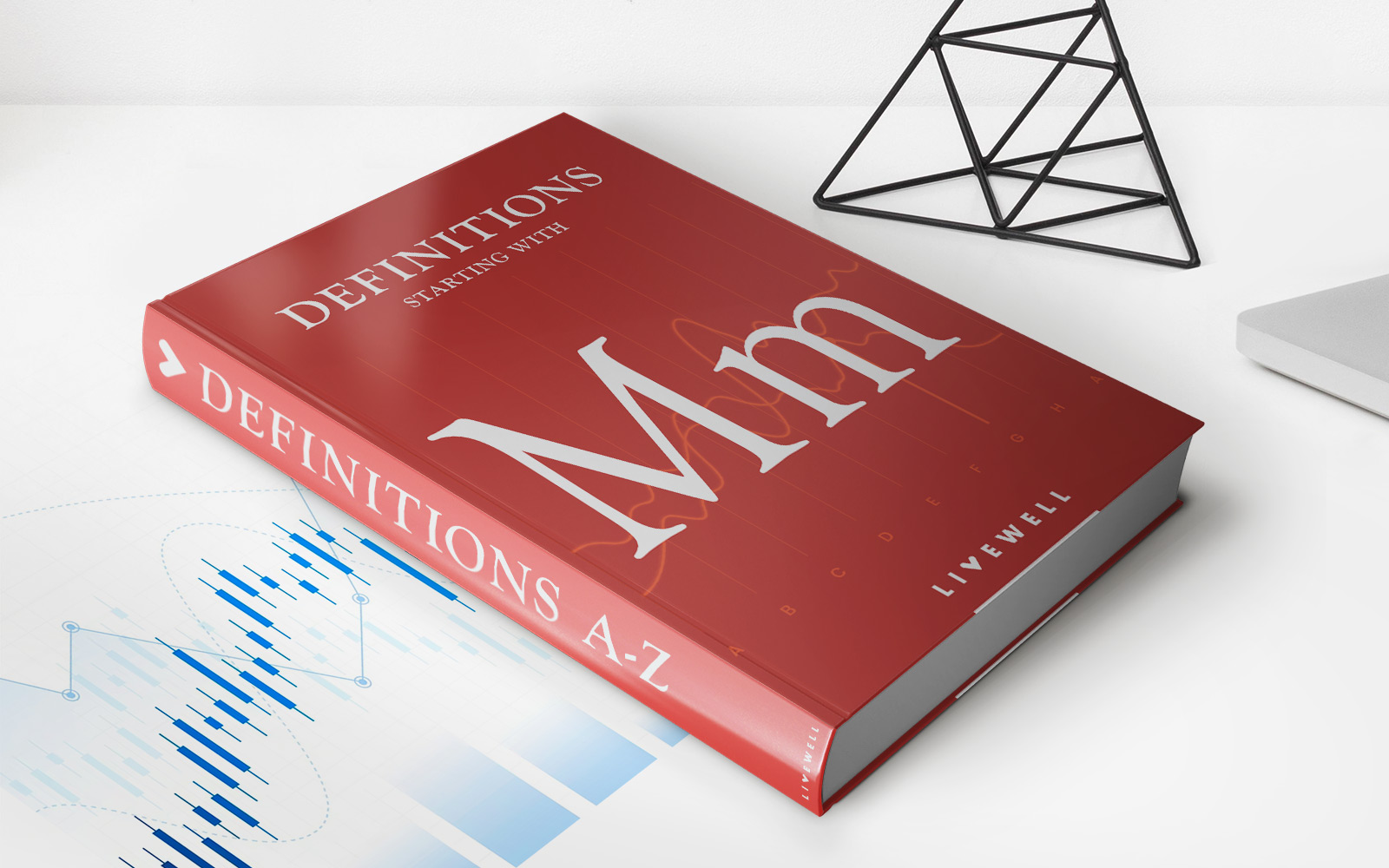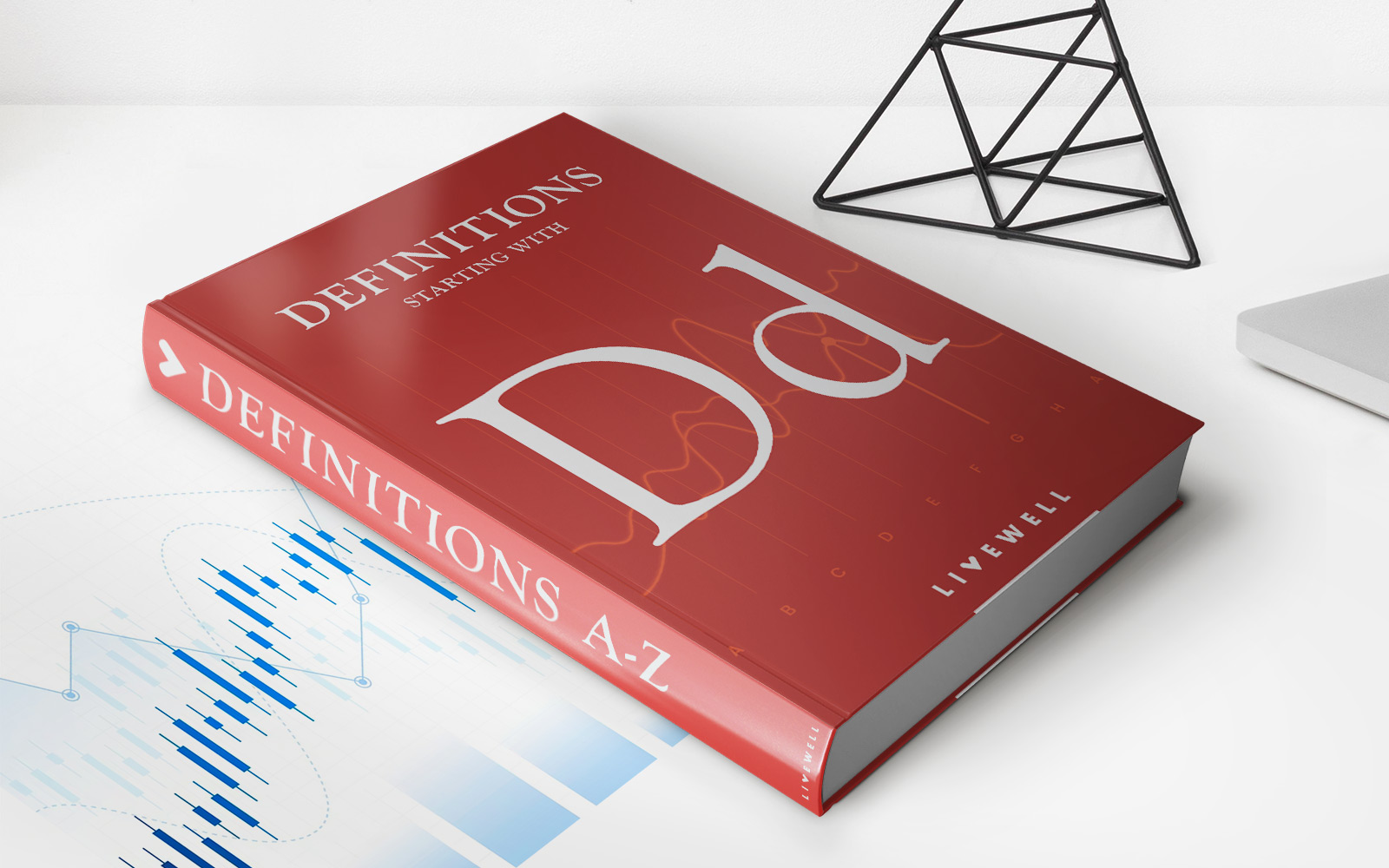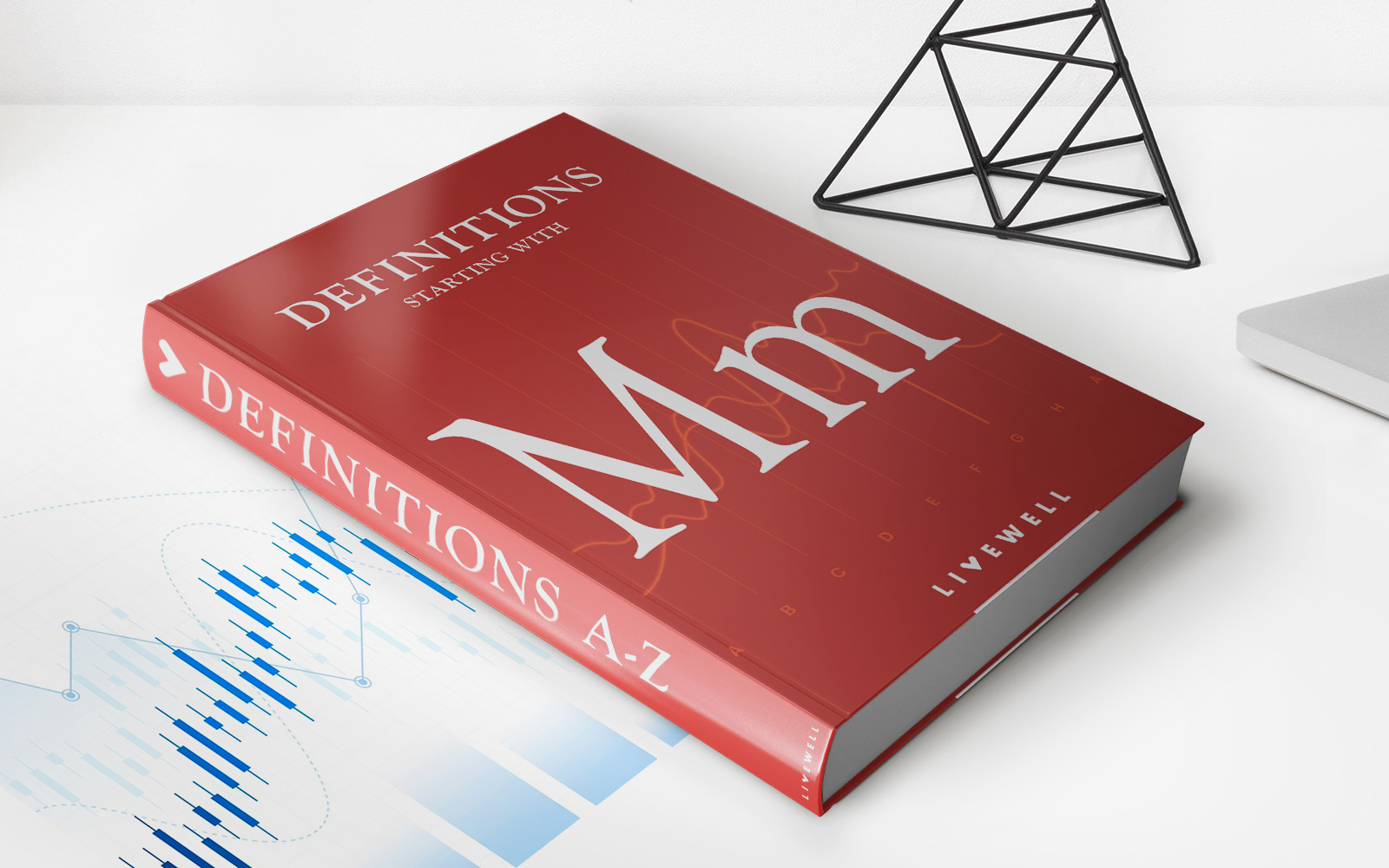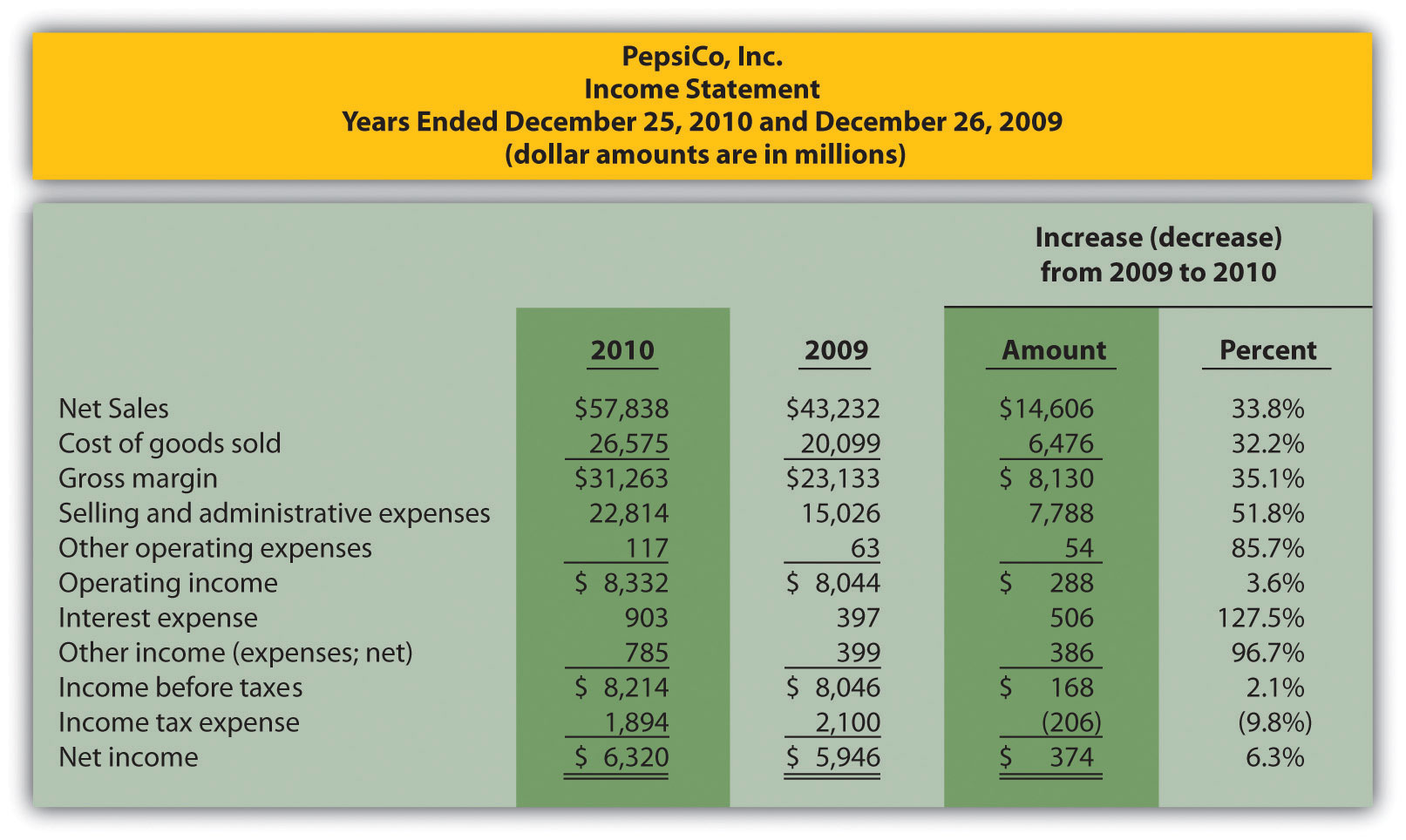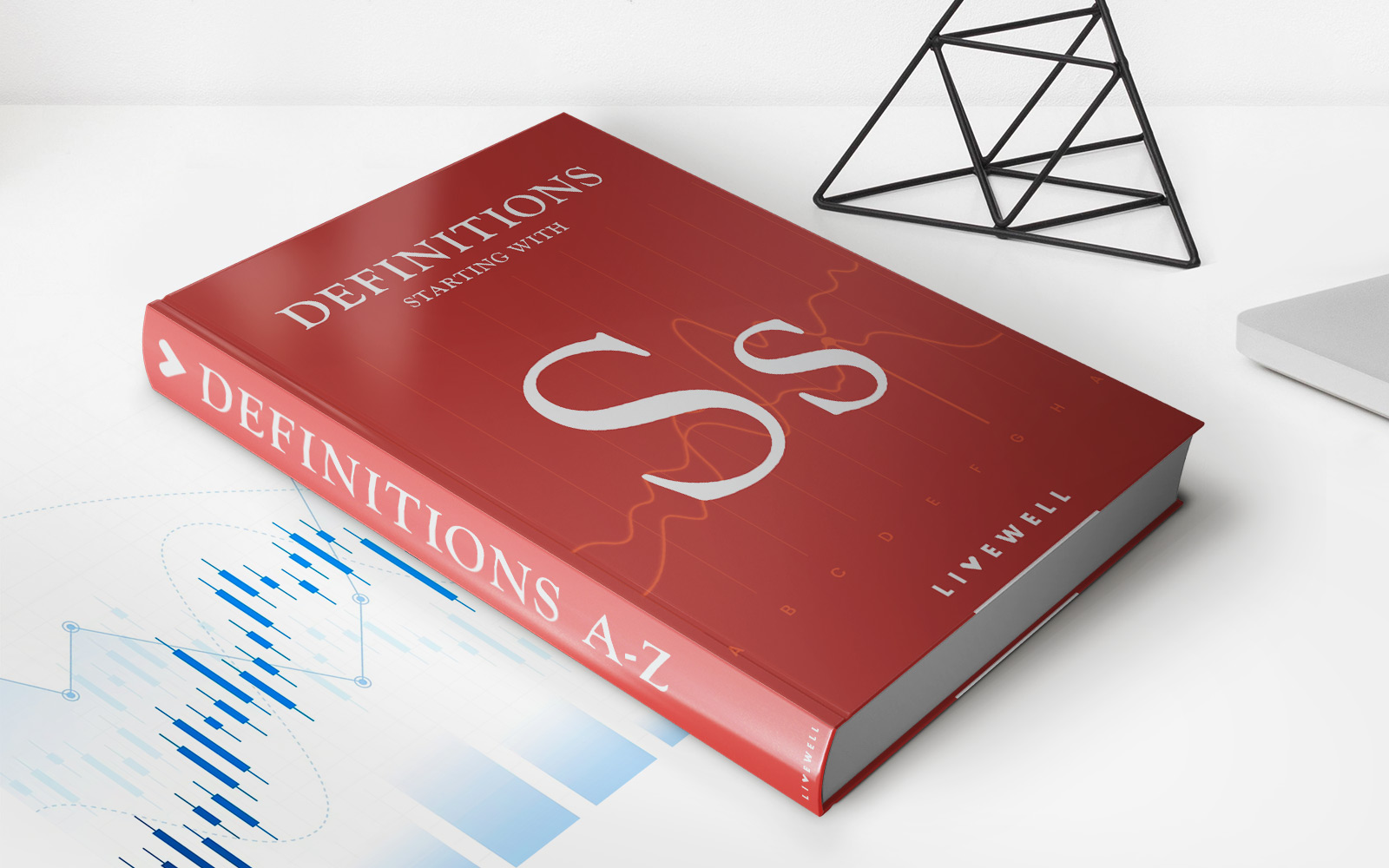

Finance
Lock Limit Definition
Published: December 19, 2023
Discover the lock limit definition in the world of finance and explore its significance in financial markets. Learn how lock limits help regulate trading activities and maintain market stability.
(Many of the links in this article redirect to a specific reviewed product. Your purchase of these products through affiliate links helps to generate commission for LiveWell, at no extra cost. Learn more)
Understanding Lock Limit Definition and Its Significance in Finance
Do you find the world of finance to be a complex and ever-changing landscape? You’re not alone. As individuals, businesses, and investors navigate the intricacies of financial markets, it becomes essential to have a clear understanding of key concepts and terminologies. One such concept that holds great importance in finance is the lock limit definition. In this article, we will explore what lock limit means, its significance in the financial world, and how it impacts various market participants.
Key Takeaways:
- Lock limit is a predetermined price threshold set by exchange authorities to limit the upward or downward movement of an asset’s price during a single trading session.
- This mechanism ensures stability within the financial markets, preventing extreme price volatility and protecting market participants.
So, what is lock limit definition? In simple terms, a lock limit is a predetermined price threshold set by exchange authorities to limit the upward or downward movement of an asset’s price during a single trading session. It acts as a temporary circuit breaker, preventing extreme price swings that could disrupt market stability and significantly impact participants.
The lock limit mechanism applies to various financial instruments, including stocks, futures contracts, commodities, and currencies. When a market or security hits its lock limit, trading in that instrument is suspended or restricted. This gives investors and traders time to gather information, reassess their strategies, and make rational decisions without succumbing to panic or market manipulation.
Lock limits play a crucial role in maintaining stability within the financial markets. By preventing excessive price volatility, they provide a level of certainty and confidence for investors and businesses. Here’s why lock limit definitions are significant:
1. Price Stabilization
One primary function of lock limits is to stabilize prices in times of market stress or extreme events. By temporarily halting trading when prices reach predetermined limits, lock limits prevent panic-selling or irrational buying, which can lead to sharp price fluctuations. This mechanism helps discourage speculative trading behavior and protects market participants from the negative impact of extreme volatility.
2. Protecting Investors
Lock limit rules provide a safety net for investors and traders. They ensure that a sudden price movement will not wipe out investments or expose market participants to undue risk. By offering a temporary pause in trading, the lock limit mechanism gives individuals and institutional investors an opportunity to absorb new information, adjust their positions, and make informed decisions.
In conclusion, the lock limit definition is an important concept in finance that helps maintain stability, prevent extreme price swings, and protect market participants. By setting predetermined price thresholds, authorities ensure a level playing field for investors and create an environment that fosters informed decision-making. Understanding lock limits can assist you in navigating the financial markets with greater confidence and mitigate the risks associated with excessive price volatility.
